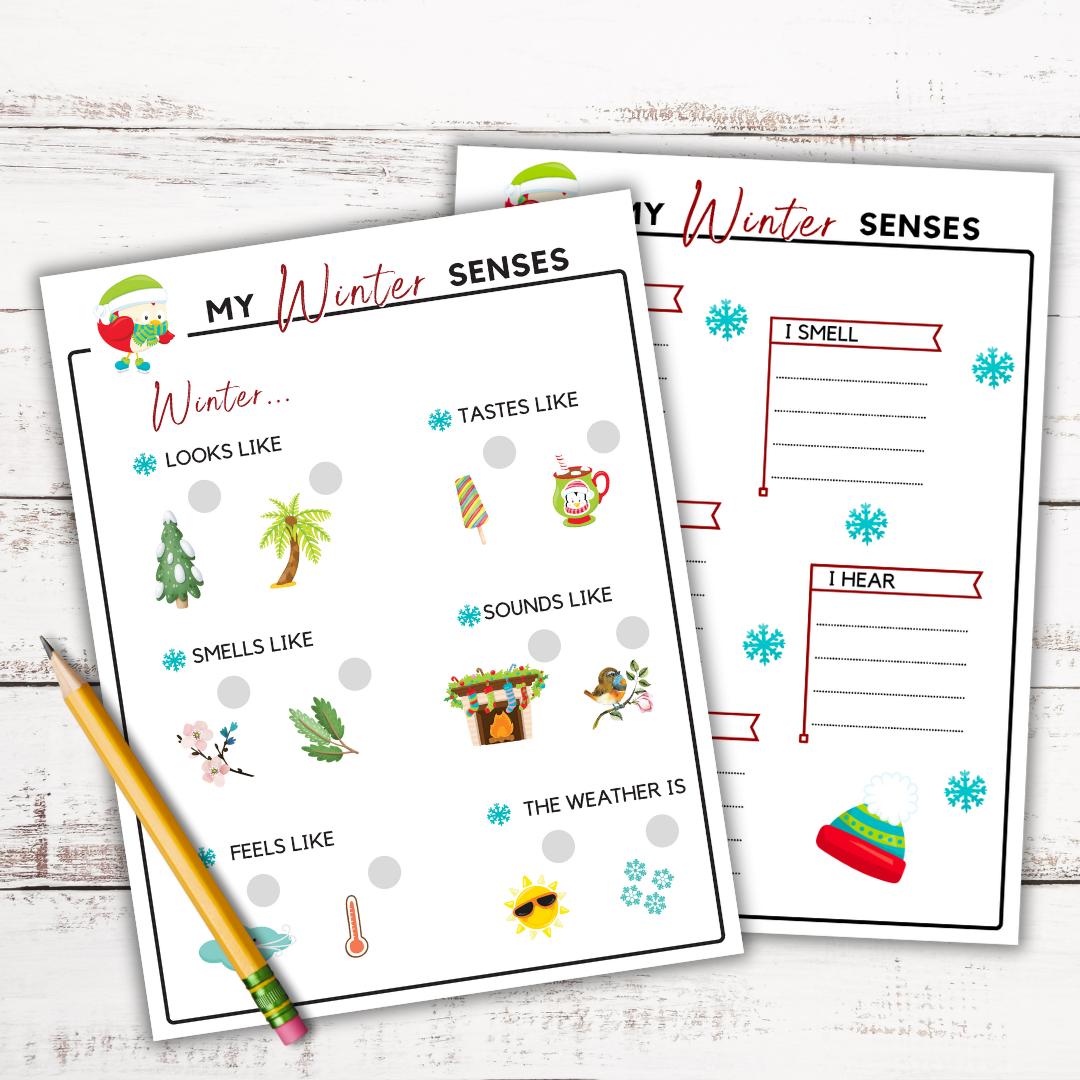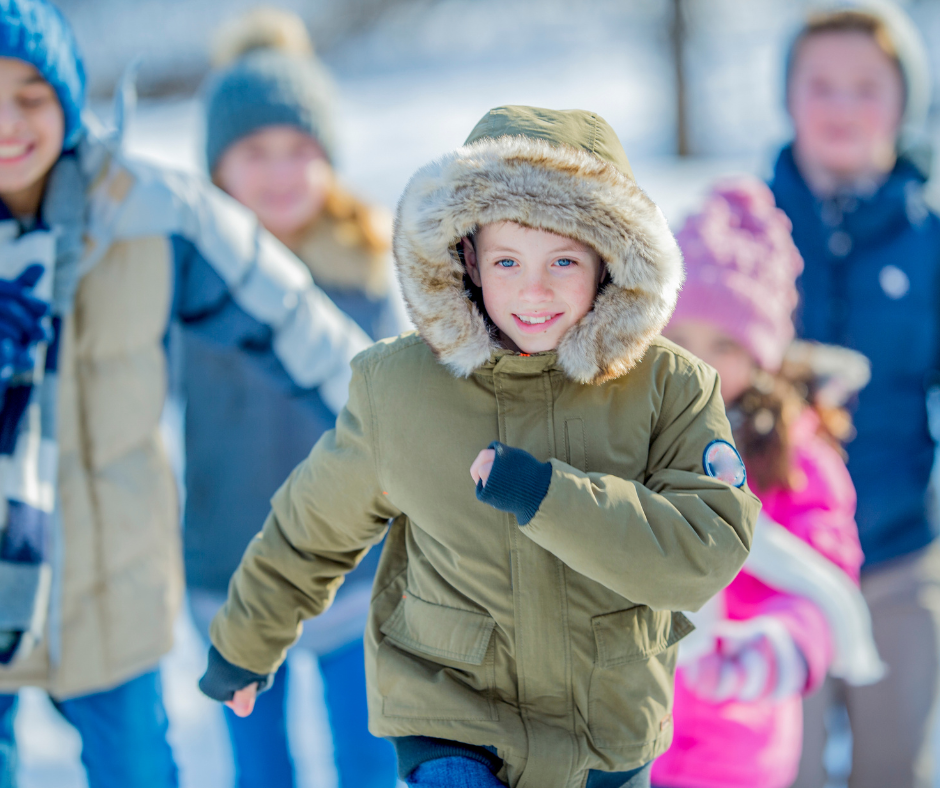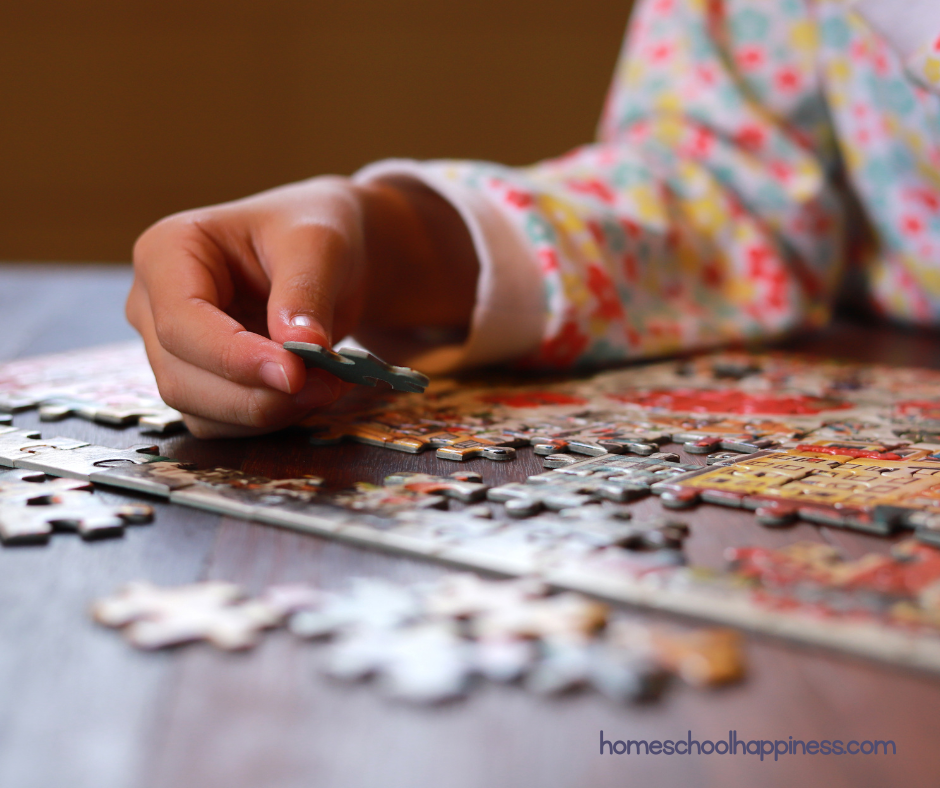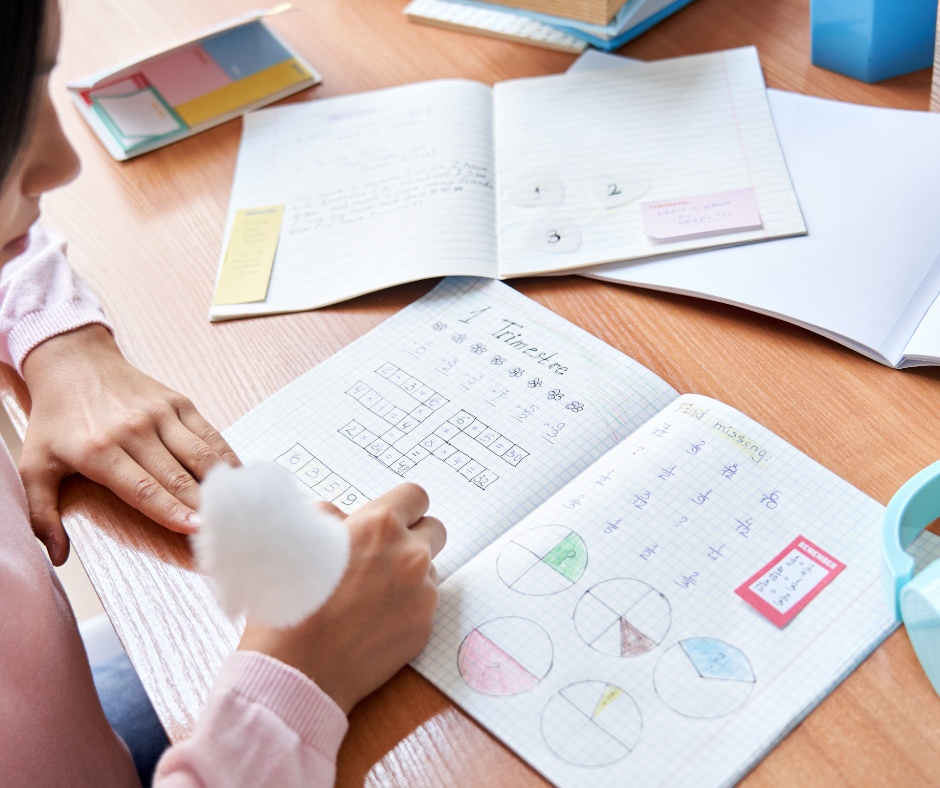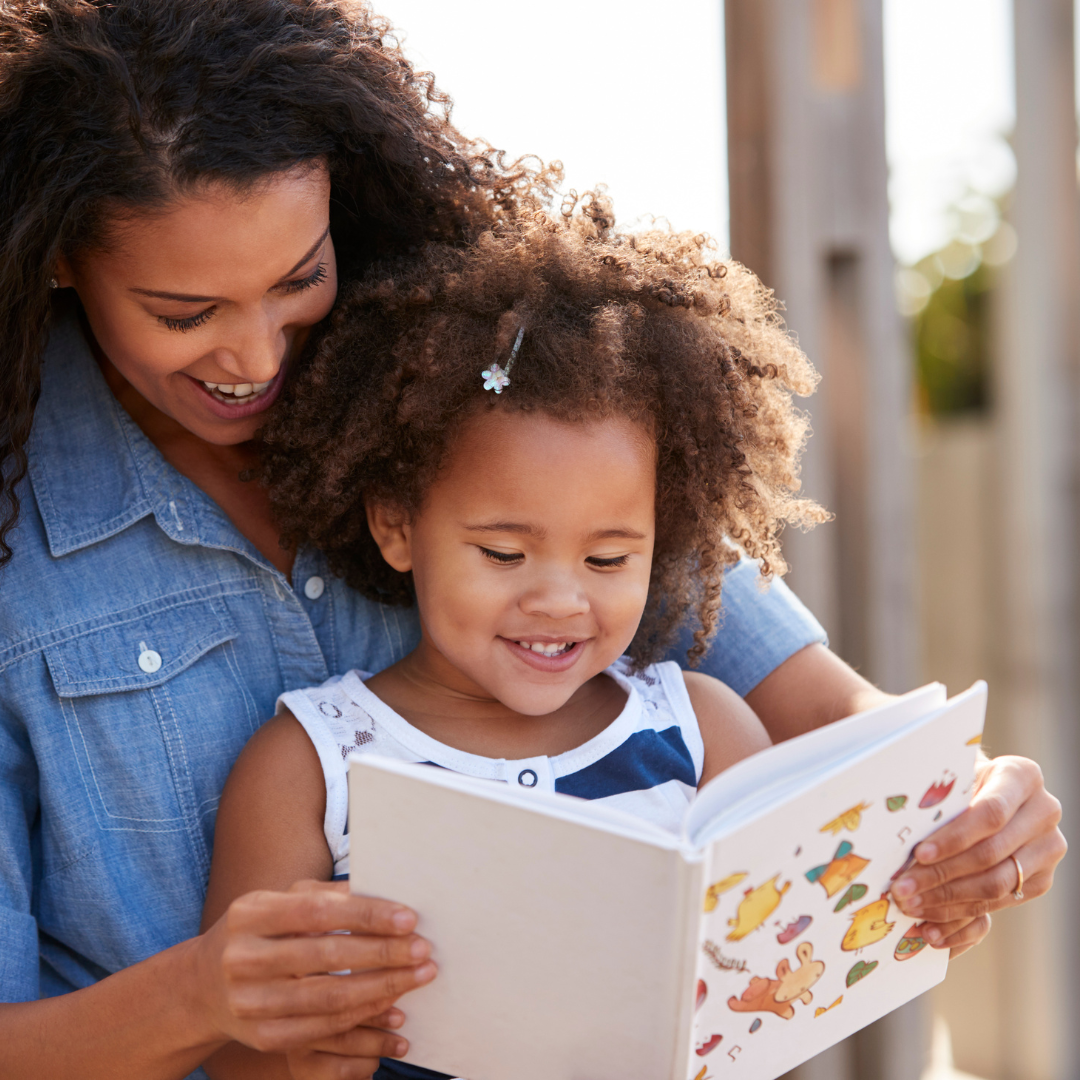Homeschool Snow Day Survival Guide
Have you ever experienced the unique challenges of a homeschool snow day? Welcome to the ultimate homeschool snow day survival guide!
Snow days can be so much fun for many children, but for homeschooling parents, they often mean a dramatic shift in daily routine.
Keeping children engaged and managing their cabin fever can become an uphill battle. But what if we told you that a snow day could become a productive and fun-filled day? Yes, even for winter homeschooling!
In this guide, we will explore some great ideas to turn potential chaos into an opportunity for learning and growth.
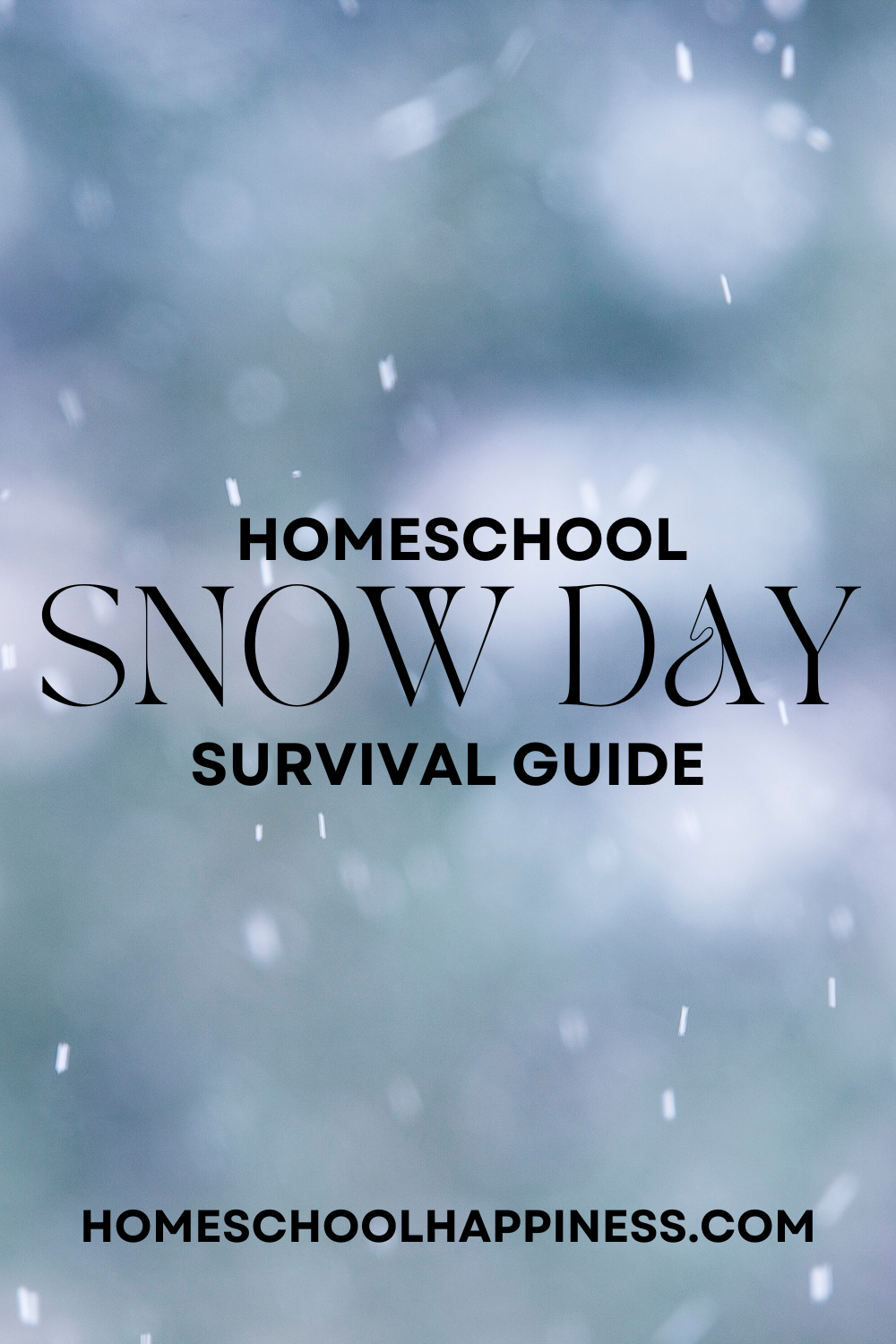
Preparation for Snow Days
A little preparation can go a long way in managing homeschool snow days effectively. It’s a good idea to have a ‘snow day plan’ in place before the snow starts falling.
The Importance of Planning Ahead
Planning for your next snow day is just as important as planning your regular homeschool schedule. This not only helps keep your children engaged and occupied but also turns an unexpected day off into a productive learning experience. Having a plan means less chaos and more enjoyment for everyone.
Suggestions for Activities and Materials to Have on Hand
To make the most of a snow day, stock up on a variety of learning materials and activities. Here are a few suggestions:
Books: Have a selection of books on hand that your children can read or you can read together.
Art Supplies: Colored pencils, paper, watercolor paints, and other art supplies can keep children engaged for hours.
Science Kits: Make learning fun and exciting with some hands-on science experiments.
Board Games: This is an easy way to have fun and learn at the same time. Choose board games that encourage strategic thinking.
Cooking and Baking Supplies: Use this opportunity to teach children how to cook or bake. It’s a great way to incorporate math (measuring ingredients) and science (understanding how ingredients interact).
Creating a plan and having resources on hand will ensure that a snowy day becomes a unique and enriching homeschool experience.
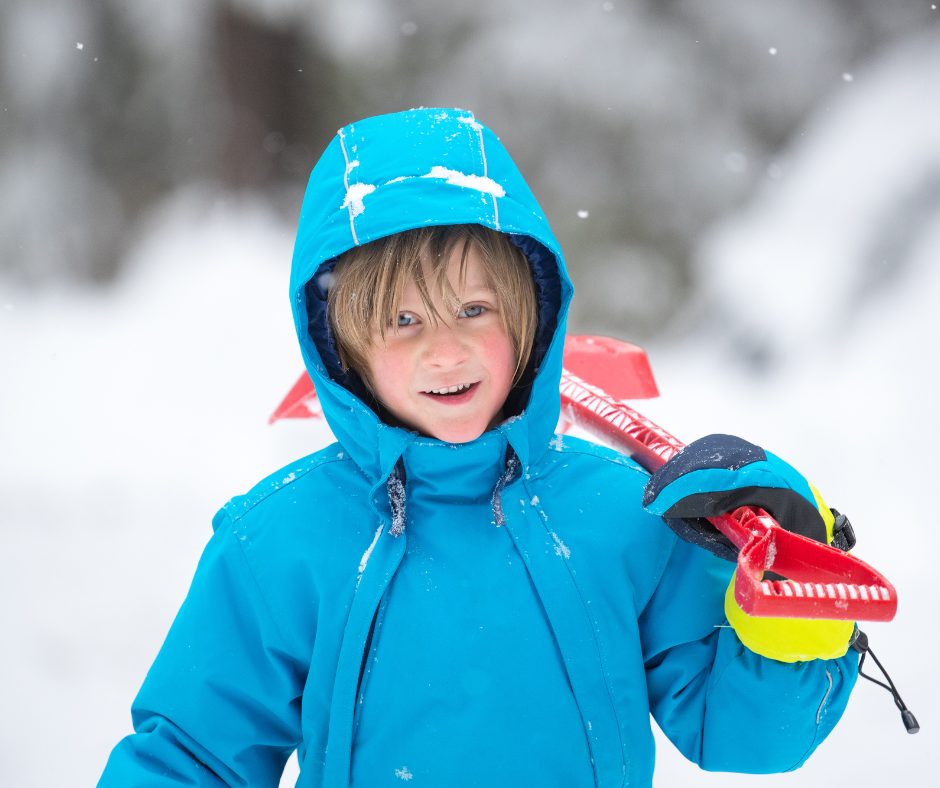
Balancing Fun and Learning
Striking a balance between fun and learning is key to making the most of a homeschool snow day. Here are some ideas to help you achieve that balance:
Outdoor Explorations: Use the snow as a natural resource for various activities. For example, bring a magnifying glass outside and examine the unique structure of snowflakes, or observe animal tracks in the snow for a lesson on local wildlife.
Snow Art: Encourage your children to build snow sculptures or paint on snow with food coloring. This allows them to exercise their creativity while also developing their fine motor skills.
Snow Measurement: Turn winter weather into a math lesson. Have your children measure the snowfall and track it throughout the day or week. This can be used to teach them about measurement, data collection, and graphing.
Indoor Snow Science: If it’s too cold to go outside, bring the snow in! Conduct experiments to see how quickly snow melts inside versus outside, or how adding salt affects the melting rate.
Literature and Writing: After a day spent playing and learning in the snow, warm up with some hot chocolate and a good book. Choose winter-themed books to keep with the day’s theme. Encourage your children to write about their snow day experiences to enhance their writing skills.
Remember that the key is flexibility. Don’t be afraid to switch activities if something isn’t working or if your children show interest in something else. The goal is to make learning fun and engaging, even on a snow day.
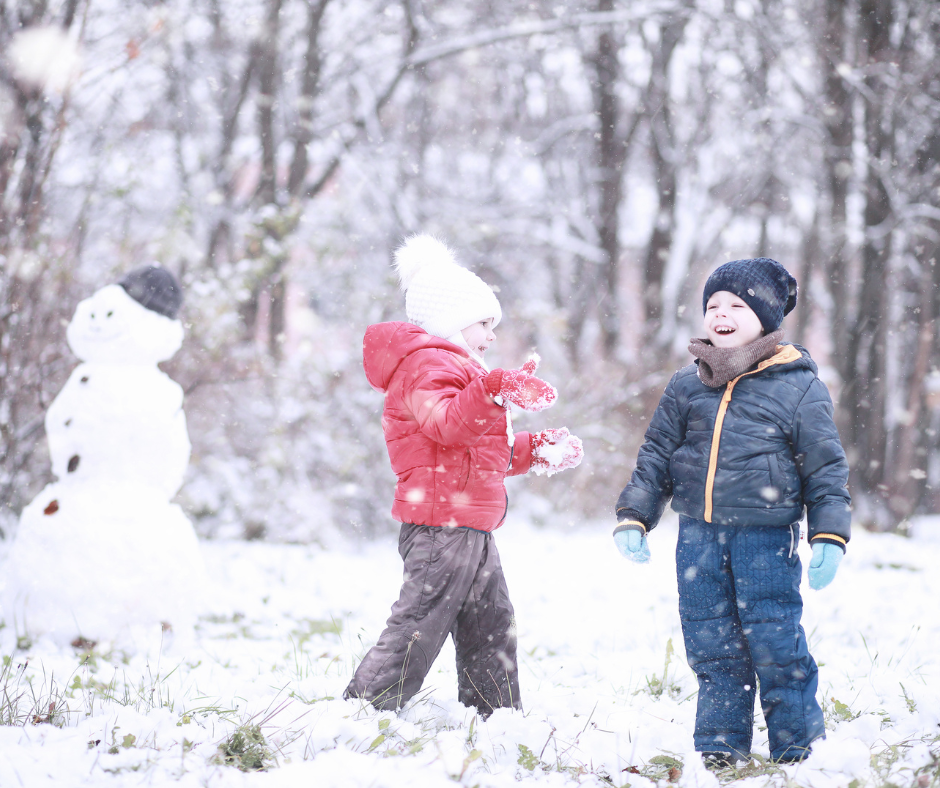
Indoor Activity Ideas
Keeping children active and engaged on a snow day doesn’t mean you have to brave the cold. Here are some creative ideas for indoor activities that will keep your children engaged, learning, and having fun:
Educational Games: Use board games that encourage strategic thinking, such as chess or Scrabble, to keep children engaged while developing their cognitive skills. Numerous educational online games can reinforce subjects like math, science, and language arts.
Crafts: Crafts are a fantastic way to stimulate children’s creativity and keep them busy. Provide a variety of materials, such as paper, glue, scissors, and markers, and let their imagination run wild. They can make paper snowflakes, winter scene collages, or even homemade snow globes using materials around the house.
Cooking and Baking: Cooking and baking are excellent ways to teach children practical skills while incorporating math and science lessons. Bake a batch of cookies and talk about how the ingredients combine and change with heat, or make homemade pizza and use the toppings to teach fractions.
Story Time: Have a cozy read-along session with winter-themed books. This can lead to interesting discussions about the story and characters, enhancing comprehension skills.
Writing Activities: Encourage your children to write a story or poem about their snow day, utilizing descriptive language to bring their experiences to life. This not only enhances their writing skills but also allows them to express their thoughts and emotions creatively.
Remember, the goal of these activities is not only to keep your children occupied but also to make their learning experience enjoyable and fruitful. With a little planning and creativity, a snow day can be transformed into a fun, educational adventure.
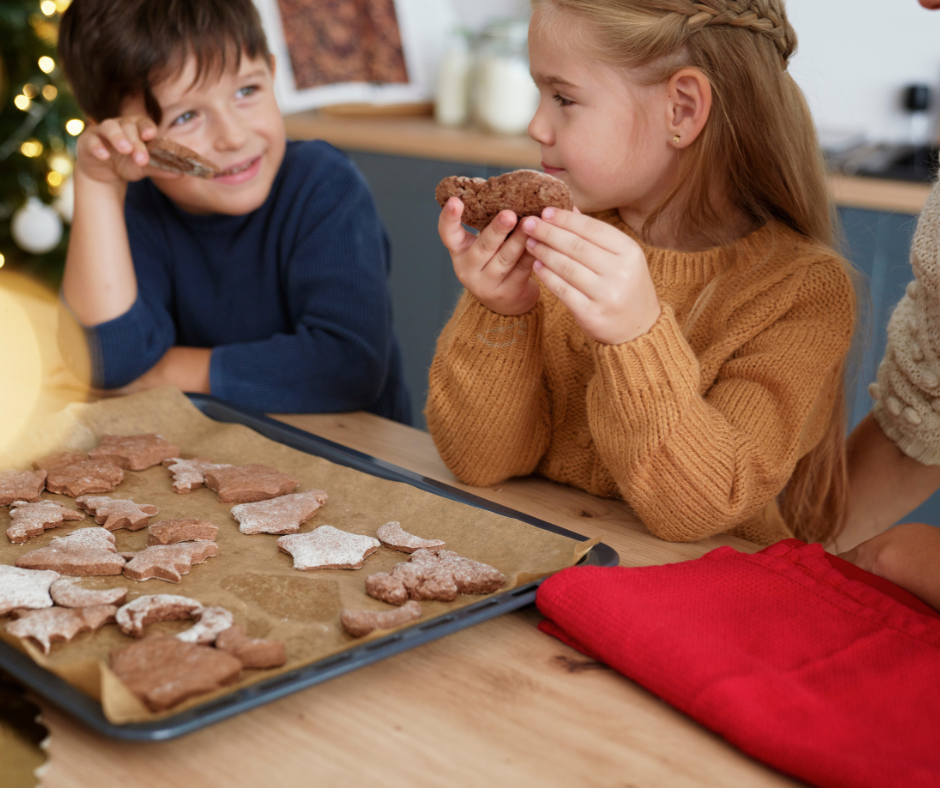
Outdoor Activity Ideas
While indoor activities are fun and educational, nothing beats the excitement of playing and learning in the snow. Here are some educational outdoor activities to make the most of a homeschool snow day:
Nature Walk: Take a walk around the neighborhood or local park and have your children identify different types of trees, animal tracks, or bird species. This is a great way to teach them about local flora and fauna.
Snow Science: Conduct science experiments with snow. For example, have your children measure the snowfall in different parts of your yard to observe how wind direction affects snow accumulation.
Snow sculptures: Encourage your children to get creative by making sculptures out of snow. This helps develop their artistic abilities as well as their fine motor skills.
Snowball Math: Make learning math fun by incorporating it into a snowball fight. For instance, assign different numerical values to different-sized snowballs and have your children add or subtract values based on the snowballs they throw.
Snow Fort Building: Building a snow fort can be a fun exercise in engineering and architecture. Your children can learn about structure, balance, and even insulation as they construct their fort.
Remember, the primary focus of these activities is to have fun while learning. So, bundle up, get outside, and enjoy the snow day to the fullest.
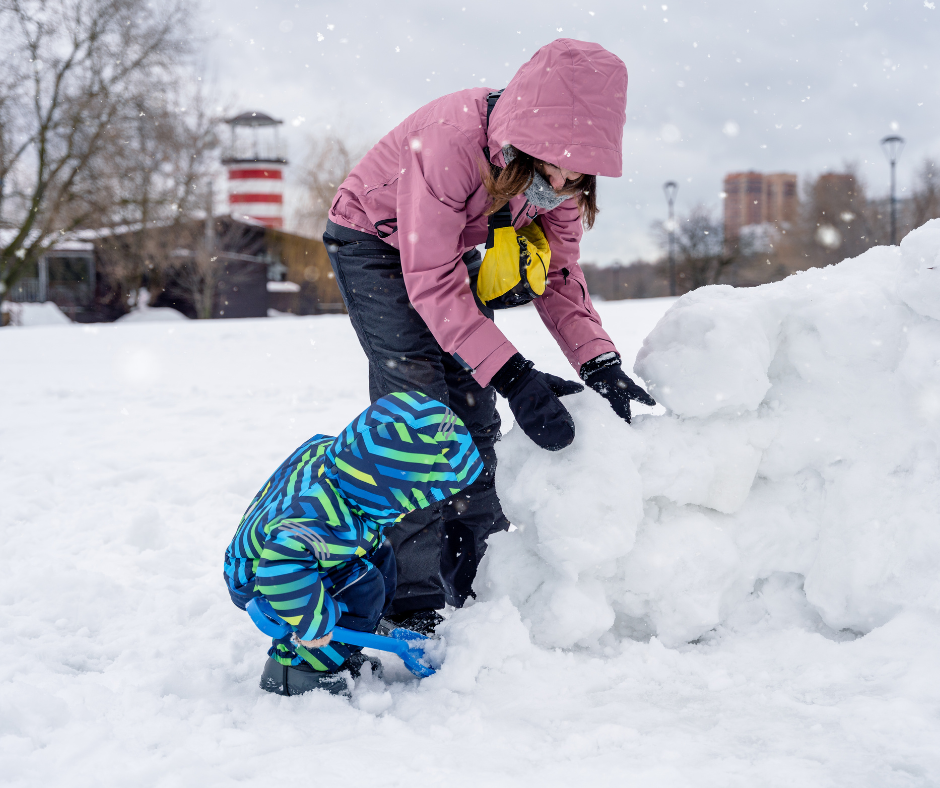
Tips to Maintain Routine
Maintaining a routine, even on a snow day, can provide a sense of normalcy and structure, which can be reassuring to children. Here are some tips to ensure a good balance between playtime and learning time:
Establish a Schedule: While a snow day might disrupt the usual school routine, you can create a special “snow day” schedule. This can include time for outdoor play, educational activities, breaks, and reading time.
Balance Play with Learning: Make sure to balance fun, recreational activities with educational ones. This doesn’t mean learning can’t be fun – use creative, playful ways to incorporate learning into the day.
Include Rest Periods: Just like regular school days, include rest periods. This can be a quiet time for reading, drawing or other calm activities. It helps children recharge for the next activity.
Keep Meal Times Consistent: Try to keep meals and snack times consistent with regular days. This helps maintain a sense of normal routine and ensures children get the necessary nutrition to stay active throughout the day.
End the Day with a Bedtime Routine: Maintain the regular bedtime routine to ensure a good night’s sleep. This will help your children adjust back to the regular routine once the snow day is over.
Remember, the key is to be flexible and responsive to your children’s needs. The aim is to keep the day enjoyable and productive without creating undue stress.
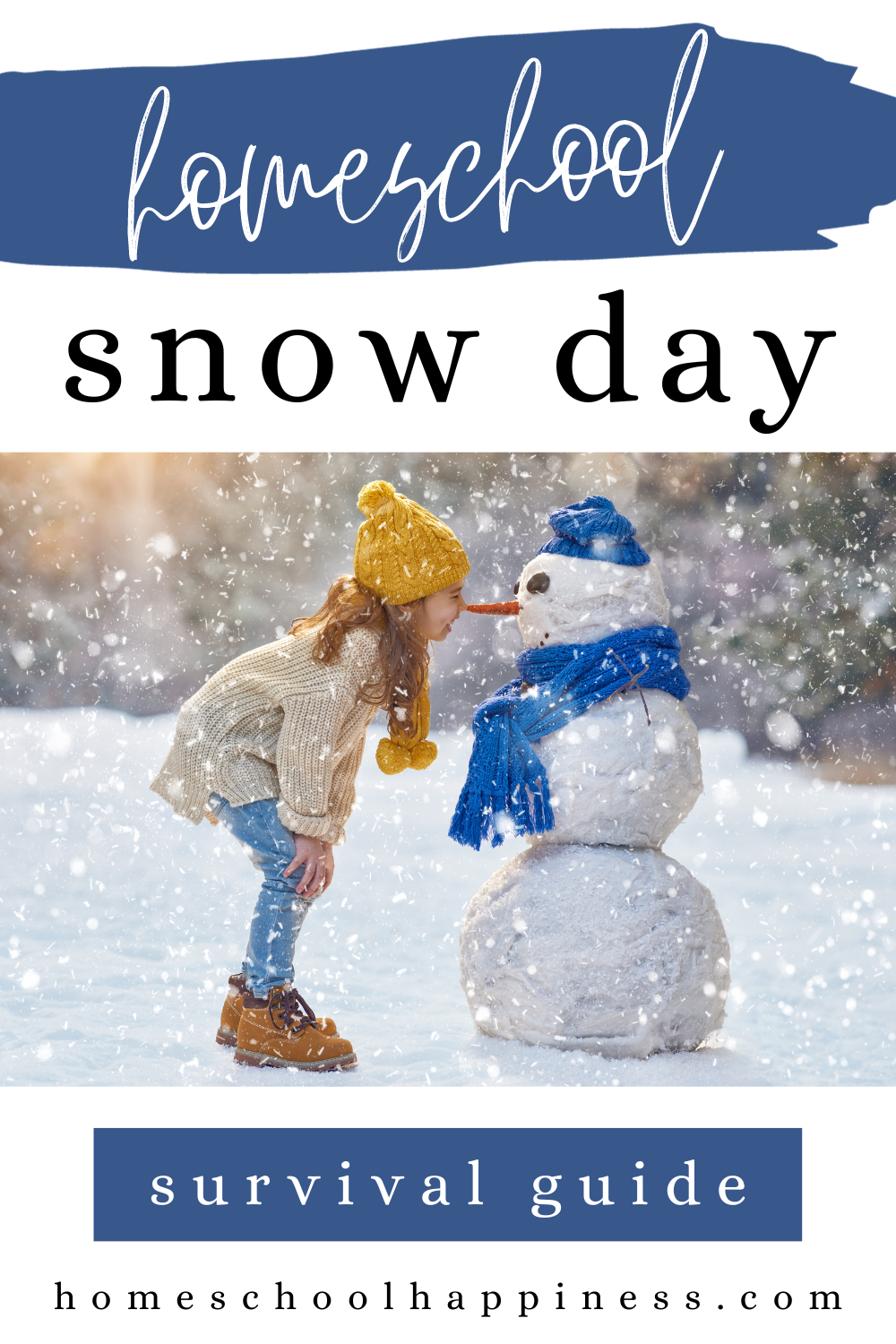
Snow days can be a mixed blessing. While they disrupt the usual routine, they also provide unique opportunities for learning and fun right at home. By balancing play with learning, maintaining a degree of structure, and being creative with the activities, it’s possible to transform a snow day into a memorable educational adventure.
The key is to be flexible and responsive to your children’s needs and interests. This way, even a day at home can be a day full of discovery and excitement. Remember, learning is not confined to the classroom. It can happen anywhere, any time – even on a snow day.



